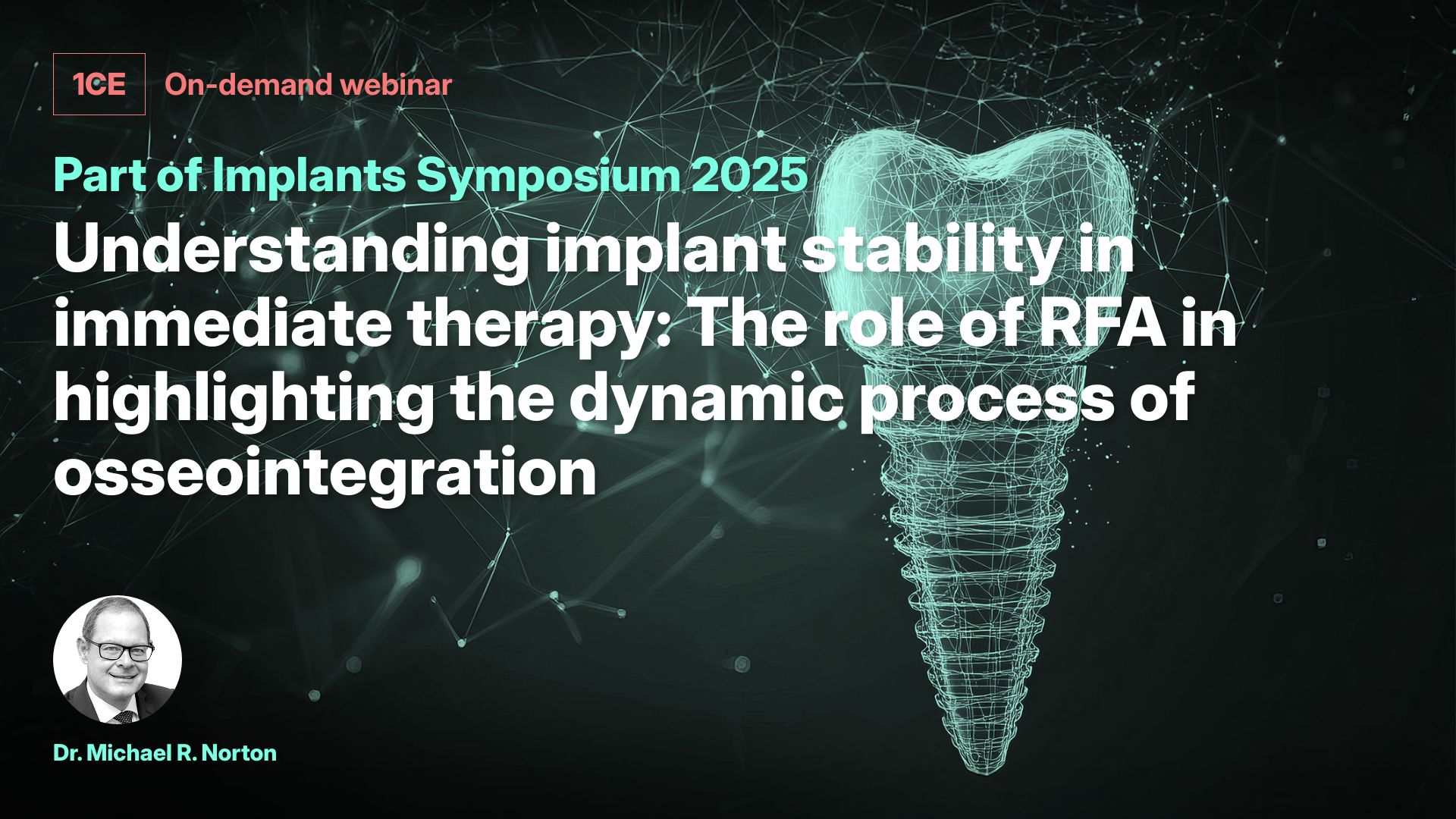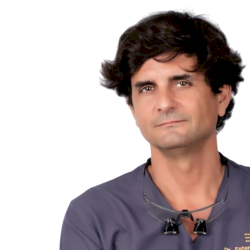Understanding implant stability in immediate therapy: The role of RFA in highlighting the dynamic process of osseointegration
This presentation will focus on understanding the difference between insertion torque and ISQ values, providing insight into the behaviour of bone under the conditions of both primary and secondary stability especially in the treatment realm of immediate restoration and/or loading.
This presentation will focus on understanding the true nature of torque, the misleading use of its value by the industry and its negative influence on bone and how bone heals as it shifts from primary mechanical to secondary biological stability. The presentation will establish a threshold value for torque above which only bone damage occurs, without providing any enhancement of primary stability as demonstrated by a lack of correlation with lateral stiffness of an implant in bone, as measured by resonance frequency analysis. Clarity will be provided as to how ISQ values can offer a far greater insight into the dynamic shift from primary mechanical stability to secondary biological stability thereby providing the clinician with an opportunity to customize the treatment journey. The presentation will highlight the interpretive value of longitudinal ISQ readings and how the OsstellConnect platform can be used as means to record these values providing an inference as to the dynamic process of osseointegration in a way that insertion torque fails, being a single measure and a one-time-only metric. Boundary ISQ values and ISQ trends will be proposed to allow the clinician to know when an implant can be loaded on an immediate basis and/or when an implant can be definitively restored.


 CE yhteisöt
CE yhteisöt


































 Suomi
Suomi














































